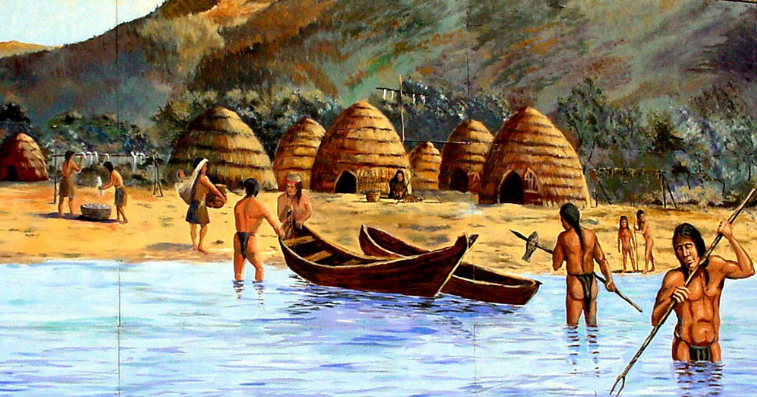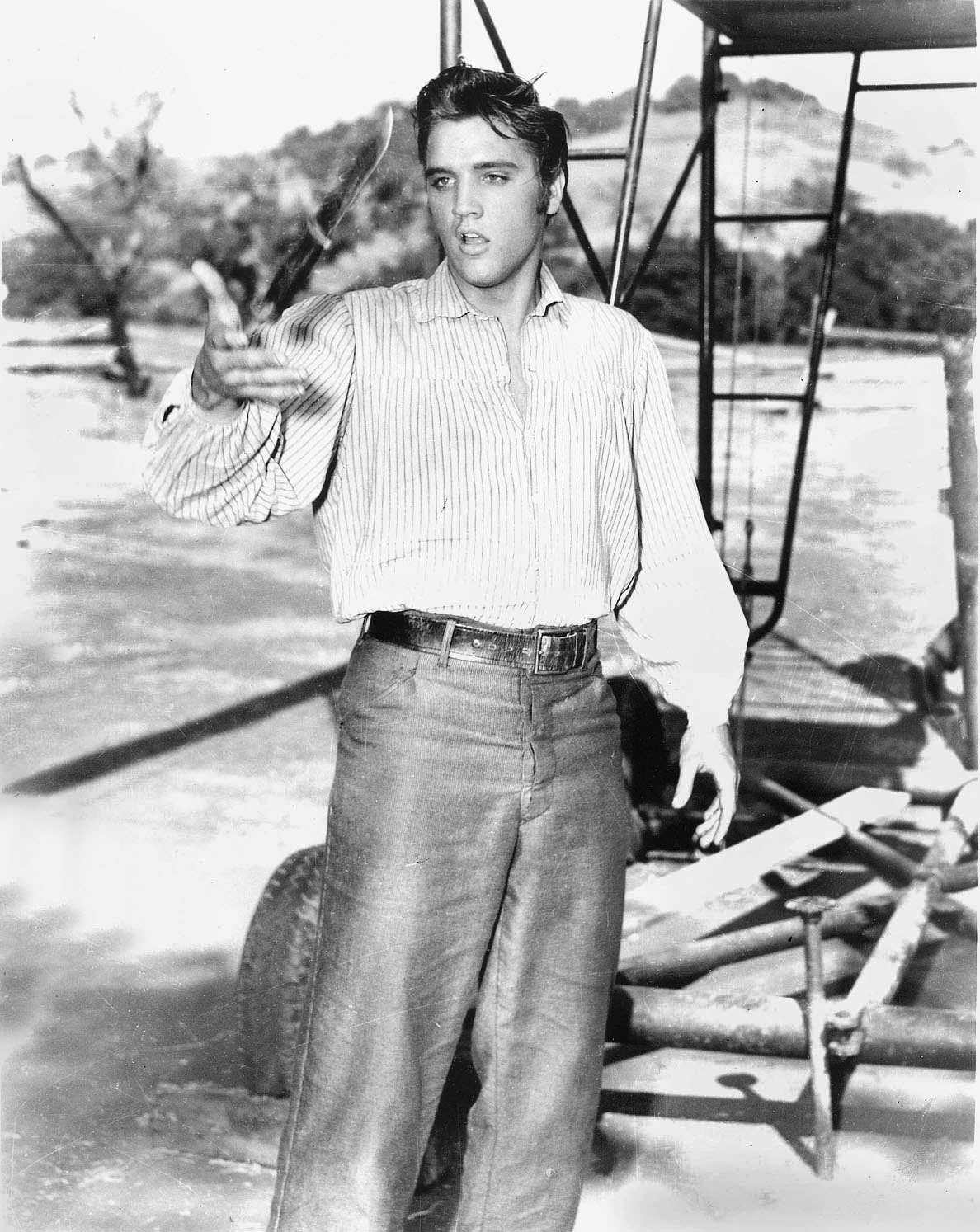When people think of Los Angeles, they think of celebrities, movies, Hollywood and all its glitz and glamour. But in fact, the first film made in Los Angeles was in 1897. It was titled “South Spring Street, Los Angeles, Cal,” and lasted 25 seconds.
That was 124 years ago.
But there is so much more to the history of Los Angeles, and Malibu Valley, than that first movie.
13,000 years ago, Los Angeles was home to the Chumash, Gabrieliño-Tongva, and Fernandeño Tataviam peoples.
The Tongva people set the stage for Los Angeles proper, with more than 5,000 people in nearly 100 villages from Palos Verdes to the San Fernando Valley. Topanga, then Topagna, was Tongva. Los Angeles was known as Tovaangar.
Along the coast, between Malibu and Paso Robles, as well as on the Northern Channel Islands, was the homeland of the Chumash people, with a population of at least 25,000 people living in 150 different towns and villages. The Chumash invented the plank canoe, and were known for their extraordinary craftmanship in baskets, tools and bead making.
The San Fernando Valley, the area most people refer to simply as the Valley, was home to Fernandeño Tataviam people.

The inland part of the Chumash homeland, the western edge of Tovaangar, and the Southern edge of the Fernandeño Tataviam villages, now referred to as the Santa Monica Mountains, and especially within Malibu Creek State Park, was the intersection of these cultures and languages.
Between 1769 and 1821, Spanish explorers and missionaries brought with them livestock & crops, which forever changed the balance of the region.
The Spanish were followed by the Mexican rancheros in 1821. Mexican rancheros moved into the region and established large cattle ranches. After the Mexican-American War in 1846, the rancheros sold pieces of their large land holdings to the American homesteaders. The homesteaders set up small farms and cattle ranches.
The modern metropolis of Los Angeles began to take shape in the early 20th century. Mulholland Road was built in the 1920s “to take Angelinos from the city to the ocean.”
Mulholland Highway extends 55 miles from the Hollywood Freeway on the east to the Pacific Ocean on the west. As a two-lane highway it provides quiet, leisurely motoring, free from the tension of the high-speed freeways. Mulholland, in the unincorporated area of Los Angeles County, commences at Topanga Canyon Boulevard. A brief portion runs through urban areas, but once past that area, Mulholland enters an area of natural scenic beauty.

Elvis – On the set – Love Me Tender
The road rises gently among rural ranches and green canyons hinting at the presence of water. The road then descends as the steeply thrusting rocks of upper Cold Creek Canyon and the ridge of Saddle Peak towers to the south and east. The road then curves down along the slopes and opens on to a spectacular view of the flat rural valley of the Malibu Creek drainage basin. The east end of this valley was once the estate of King Gillette, the razorblade baron.
The mountainous region’s proximity to Los Angeles made the area desirable for recreation and filmmaking. At the beginning of the century, land was owned by the Crags Country Club, who built the dam within the park to create the lake. In 1936, the club closed and 20th Century Fox began to film movies on the land. A few years later, the studio purchased the property. The dramatic scenery provided the setting for hundreds of films and commercials until the State of California purchased the land in the mid-1970s.
And in the middle of it all, across Mulholland from King Gillette Ranch, adjacent to Malibu Creek State Park, sits Malibu Valley Estates. Right in the heart of thousands of years of history.
But all this history is not lost. It doesn’t exist only in books and the internet. Dozens of Chumash archaeological sites exist in Malibu Creek State Park. Film locations still stand. Mulholland is still a two-lane road of scenic rural character. Thousands of acres of history are alive and ready for you to live, learn and explore right outside your home at Malibu Valley Estates.
* Note: Archaeological studies have been done on Malibu Valley land itself and no artifacts were found. Malibu Valley Estates is a part of history, but it has not disturbed it.
